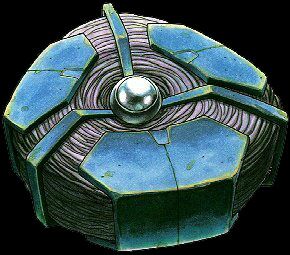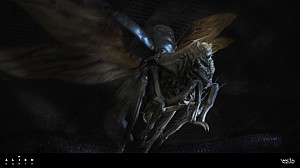Snake symbolism in Mythology - protection / creation / immortality
Prometheus Forum Topic
MVMNT
MemberOvomorphMay 1, 20123960 Views4 Replies[i]Excerpts from Wikipedia
[/i]
Serpents are represented as potent guardians of temples and other sacred spaces. This connection may be grounded in the observation that when threatened, some snakes (such as rattlesnakes or cobras) frequently hold and defend their ground, first resorting to threatening display and then fighting, rather than retreat. Thus, they are natural guardians of treasures or sacred sites which cannot easily be moved out of harm's way.
Greek cosmological myths tell of how Ophion the snake incubated the primordial egg from which all created things were born.
Some cultures regarded snakes as immortal because they appeared to be reincarnated from themselves when they sloughed their skins. Snakes were often also associated with immortality because they were observed biting their tails to form a circle and when they coiled they formed spirals. Both circles and spirals were seen as symbols of eternity.
Replies to Snake symbolism in Mythology - protection / creation / immortality
Hey Guest, want to add your say?
Are you an avid Alien fan looking for a dedicated online community of likeminded fans? Look no further! Create your own profile today and take part in our forums and gain XP points for all the content you post!












